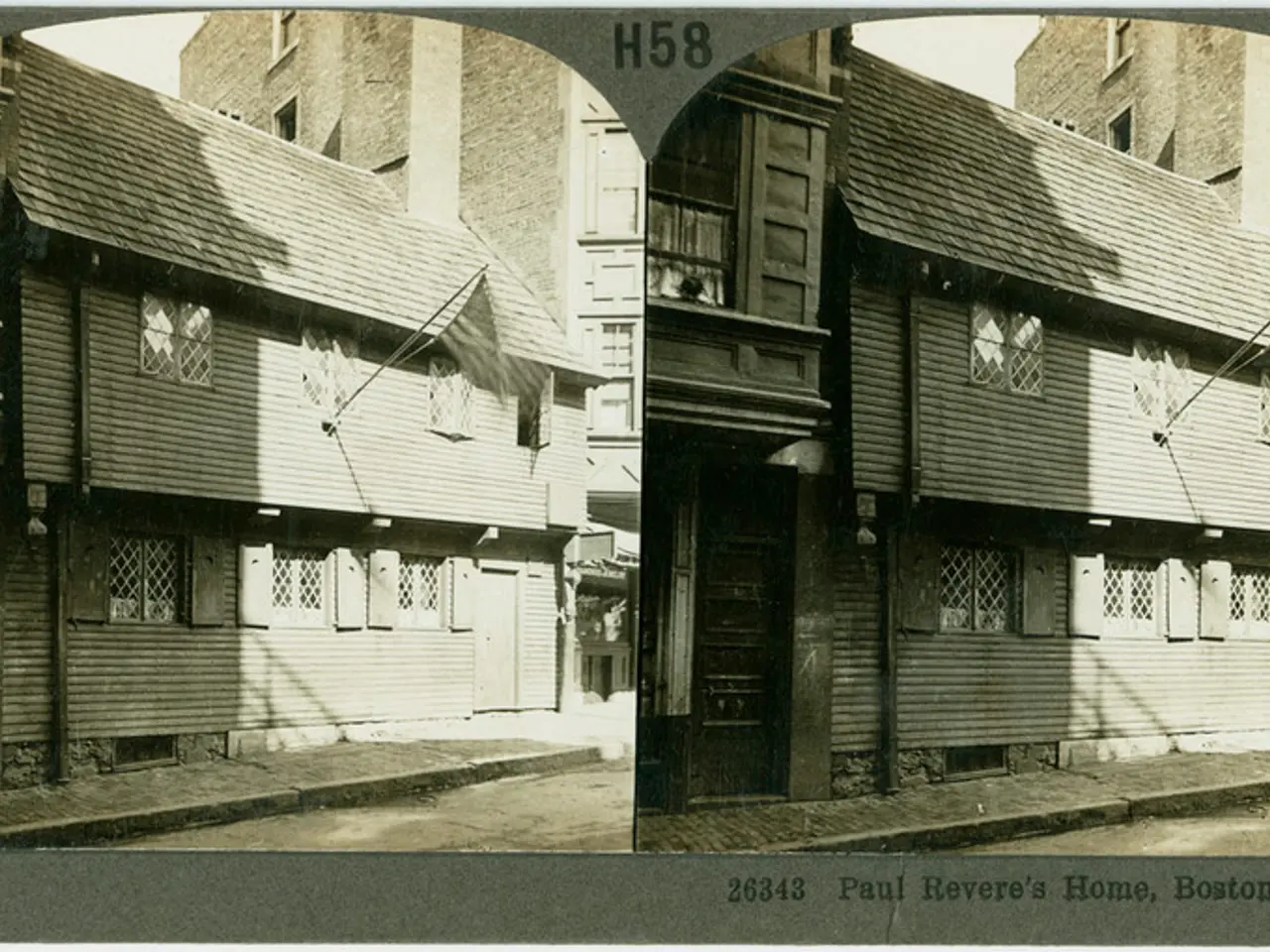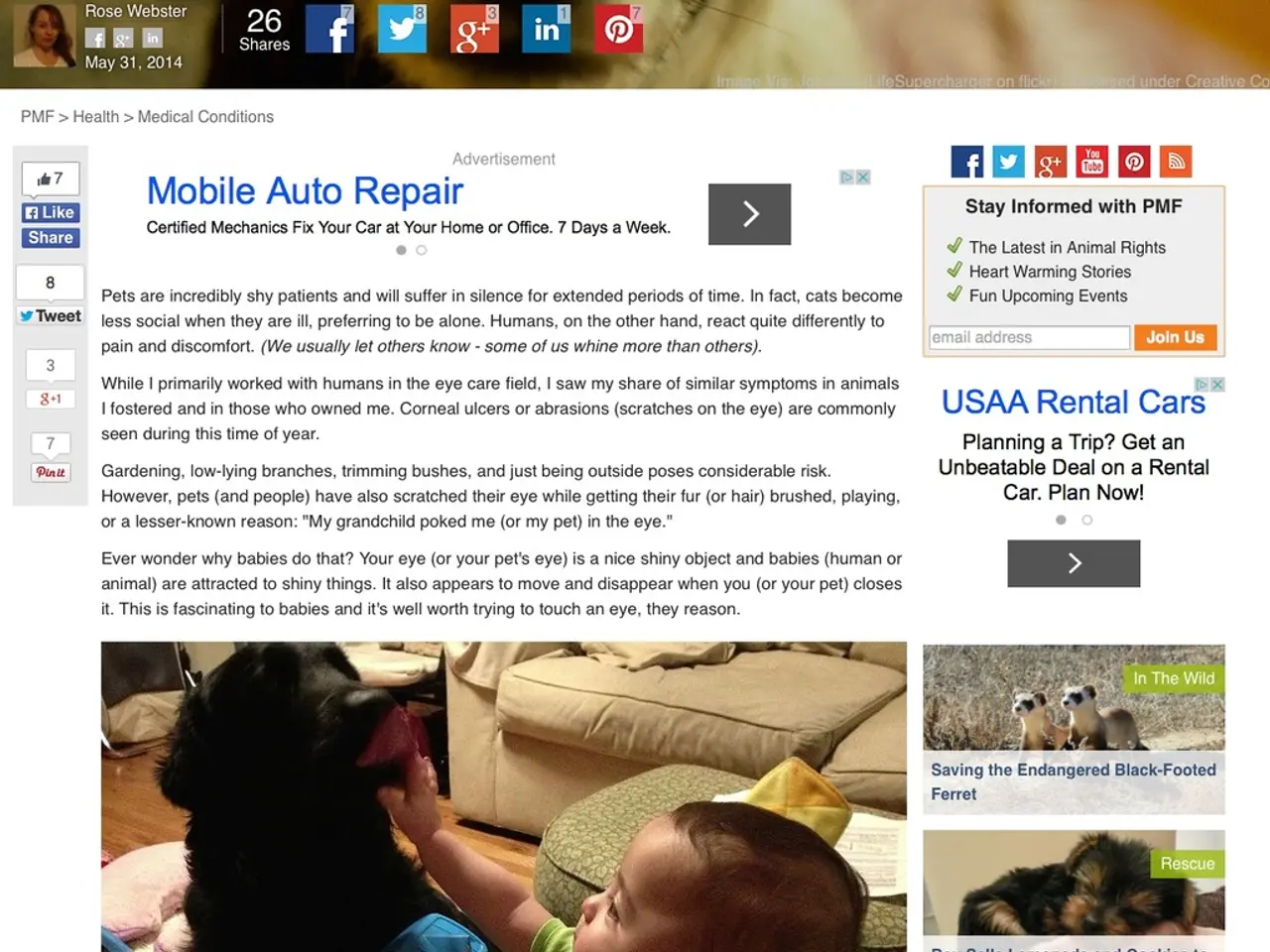After two decades since Hurricane Katrina, New Orleans residents are rethinking the concept of 'home'
In the heart of New Orleans, Lynette Boutte fondly remembers a community spirit that thrived before Hurricane Katrina, a time when neighbours would stop and greet each other along the streets. This sense of camaraderie, she laments, has since faded.
Fast forward to 2024, and the city's demographic landscape has undergone a significant transformation. The number of Black Americans residing in New Orleans has decreased from 67% in 2000 to 56%. Conversely, the Hispanic population has seen an increase of over 15,000 residents.
This demographic shift is a reflection of the long-term consequences of the disaster. The city lost almost one-third of its residents by 2011, with the youth population decreasing substantially and an increase in single-person households.
Hurricane Katrina, which struck on August 28, 2005, displaced over 650,000 people. Shelton Alexander, a poet and former Marine, chose to stay in his home in St. Bernard Parish during the storm, despite the evacuation of his mother. However, he navigated three feet of floodwater to reach the Superdome, a shelter of last resort, and found neglect and chaos.
City leaders prioritized tourism over the needs of residents in the aftermath of Katrina, using the disaster as an opportunity to push gentrification and reshape New Orleans for outsiders. This, coupled with recovery money bypassing those who needed it most, has left a lasting impact on the city's socioeconomic structure.
Boutte, who runs a beauty salon in the Treme neighbourhood, one of the oldest Black neighbourhoods in the United States, recalls a group of men distributing water from parked trucks during the chaos at the Superdome. Despite the hardships, she believes there will be an influx of people returning to New Orleans in the next year, realizing there is no place like it.
Alexander, who left Louisiana for Texas after the storm, still feels the city's hold on him. He returned to New Orleans from California to help with rebuilding, but found that local people were not prioritized for jobs in the recovery process. He navigated the city's changing landscape, watching as neighbourhoods like the Lower Ninth Ward and Seventh Ward were replaced with mixed-income housing.
Despite the changes, Boutte's family's roots in Treme remain strong. Her parents built their family home in 1960, and her grandmother was born there in 1903. Boutte's beauty salon, located just around the corner from her family's place, was once a ballroom turned grocery store, then a beauty salon in the 1950s. Even today, the small residence in the back of her beauty salon, added in the 1920s after the neighbourhood's first major flood, stands as a testament to the city's resilience.
Today, New Orleans has a population of about 351,399 that is steadily decreasing each year. The city, often referred to as a boomerang, continues to draw people back, despite the challenges. For those like Boutte and Alexander, New Orleans remains a place of deep connection, a city that continues to evolve, yet retains its unique spirit.
[1] Data from the U.S. Census Bureau [2] Report by the Brookings Institution, "The Long Recovery: The State of New Orleans" (2011) [5] Report by the Urban Institute, "New Orleans After Katrina: Demographic Change and Its Implications for the City" (2012)
- Lynette Boutte expects an increase in the number of people returning to New Orleans, finding solace in the city's resilience despite the challenges.
- The city's demographic shift, from a predominantly Black community to an increase in Hispanic residents, is a reflection of the long-term consequences of Hurricane Katrina.
- Shelton Alexander, despite feeling the city's hold on him, faced challenges navigating the post-Katrina job market as a local resident during the recovery process.
- The city's priority on tourism over the needs of residents, coupled with recovery money bypassing those who needed it most, has left a lasting impact on the city's socioeconomic structure, as reported by the Brookings Institution and the Urban Institute.
- New Orleans' unique spirit continues to draw people back, making it a city of adventure for those seeking education and self-development, general news, crime and justice, sports, and history enthusiasts, amidst the ever-changing environment.




